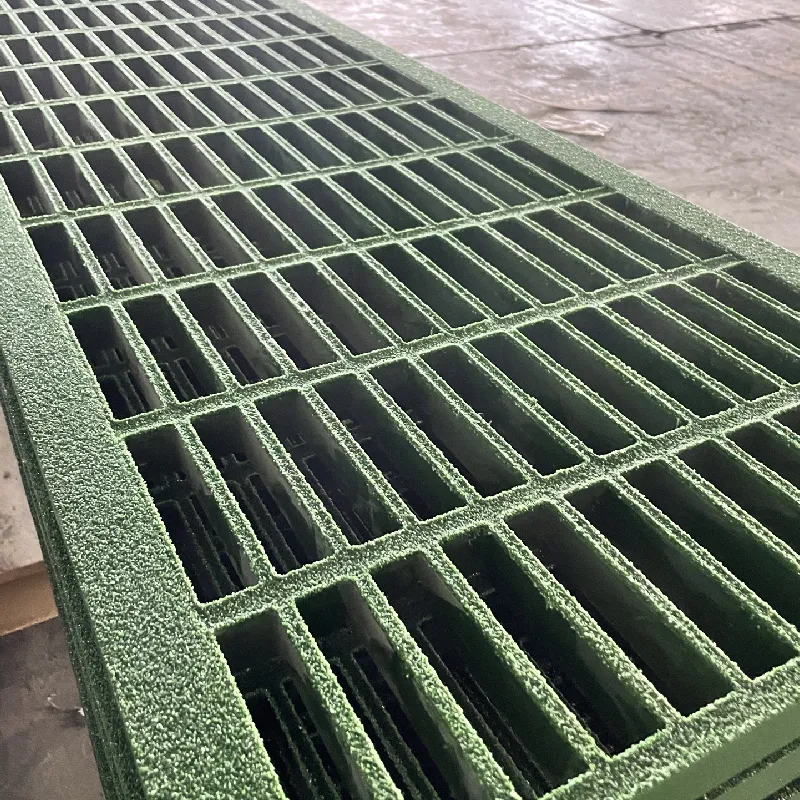loading...
- No. 9, Xingyuan South Street, Dongwaihuan Road, Zaoqiang County, Hengshui, Hebei, China
- admin@zjcomposites.com
- +86 15097380338
- Welcome to visit our website!
frp material water tank
The Benefits of Using FRP Material for Water Tanks
In the quest for durable and efficient solutions for water storage, Fiber Reinforced Plastic (FRP) has emerged as a leading material for constructing tanks. Combining strength, lightweight properties, and resistance to corrosion, FRP water tanks offer numerous advantages when compared to traditional materials. This article explores the key benefits of using FRP material for water tanks, highlighting its applications and future prospects.
Superior Strength and Durability
One of the standout features of FRP materials is their impressive strength-to-weight ratio. Unlike traditional materials such as concrete or metal, FRP tanks are significantly lighter, making them easier to transport and install. Despite their lightness, they exhibit unrivaled strength, enabling them to withstand high pressures and extreme environmental conditions. This innate strength enhances their longevity, reducing the frequency and costs associated with maintenance and replacement.
Corrosion Resistance
Water storage facilities are often exposed to varying degrees of humidity and potential corrosive elements. FRP's inherent resistance to chemical corrosion and environmental factors means that these tanks can be used in a wide range of conditions without the degradation that commonly affects metal tanks. This resistance not only contributes to the longevity of the tanks but also ensures that the stored water remains uncontaminated, preserving its quality for longer periods.
A Cost-Effective Solution
While the initial investment in FRP water tanks may be higher compared to conventional materials, the long-term cost savings are significant. The durability and low maintenance requirements of FRP tanks lead to reduced operational costs over their lifespan. Additionally, their resistant nature means that they do not require frequent replacements, providing further economic benefits to businesses and municipalities that rely on water storage.
frp material water tank

Design Flexibility
FRP materials offer a high degree of design flexibility, allowing manufacturers to create tanks that meet specific needs and fit precisely into the required space. They can be molded into various shapes and sizes, accommodating different storage volumes and configurations. This adaptability is particularly beneficial for industries with unique requirements, such as agriculture, food processing, and chemical manufacturing.
Eco-Friendly Option
As environmental concerns continue to rise, the sustainability of materials used in various applications is coming under scrutiny. FRP is often regarded as a more eco-friendly alternative to traditional materials. Many FRP tanks are manufactured using recyclable materials, and production processes can be designed to minimize waste and energy consumption. Furthermore, the longevity of FRP tanks means fewer resources are needed over time for maintenance and replacement, contributing to a reduced overall environmental footprint.
Applications Beyond Water Storage
While FRP tanks are primarily recognized for their use in water storage, their applications extend far beyond. From wastewater treatment facilities to chemical storage, FRP's versatility makes it an ideal choice for various industries. Its ability to withstand harsh chemicals without degrading makes it indispensable in settings where traditional materials might fail.
Conclusion
The benefits of using FRP material for water tanks are clear. Combining strength, durability, cost-effectiveness, design flexibility, and environmental sustainability, FRP stands out as a superior choice for water storage solutions. As industries continue to prioritize efficient and reliable water management systems, the demand for FRP water tanks is expected to grow. Embracing this innovative material not only addresses present needs but also paves the way for a more sustainable future in water storage solutions.
-
GRP Structures: The Future of Lightweight, High-Performance EngineeringNewsJun.20,2025
-
FRP Water Tank: High-Performance Storage for Corrosive and Clean Water SystemsNewsJun.20,2025
-
FRP Square Tube: The New Industry Standard for Chemical and Structural ApplicationsNewsJun.20,2025
-
FRP Pultruded Profiles: The Ultimate Choice for Lightweight Structural StrengthNewsJun.20,2025
-
FRP Handrails: The Safer, Smarter, and Stronger Choice for Modern InfrastructureNewsJun.20,2025
-
FRP Grating: The Smart Solution for Durable, Lightweight Industrial FlooringNewsJun.20,2025
-
Why Choose a Galvanized Water Tank for Your Storage NeedsNewsMay.21,2025
